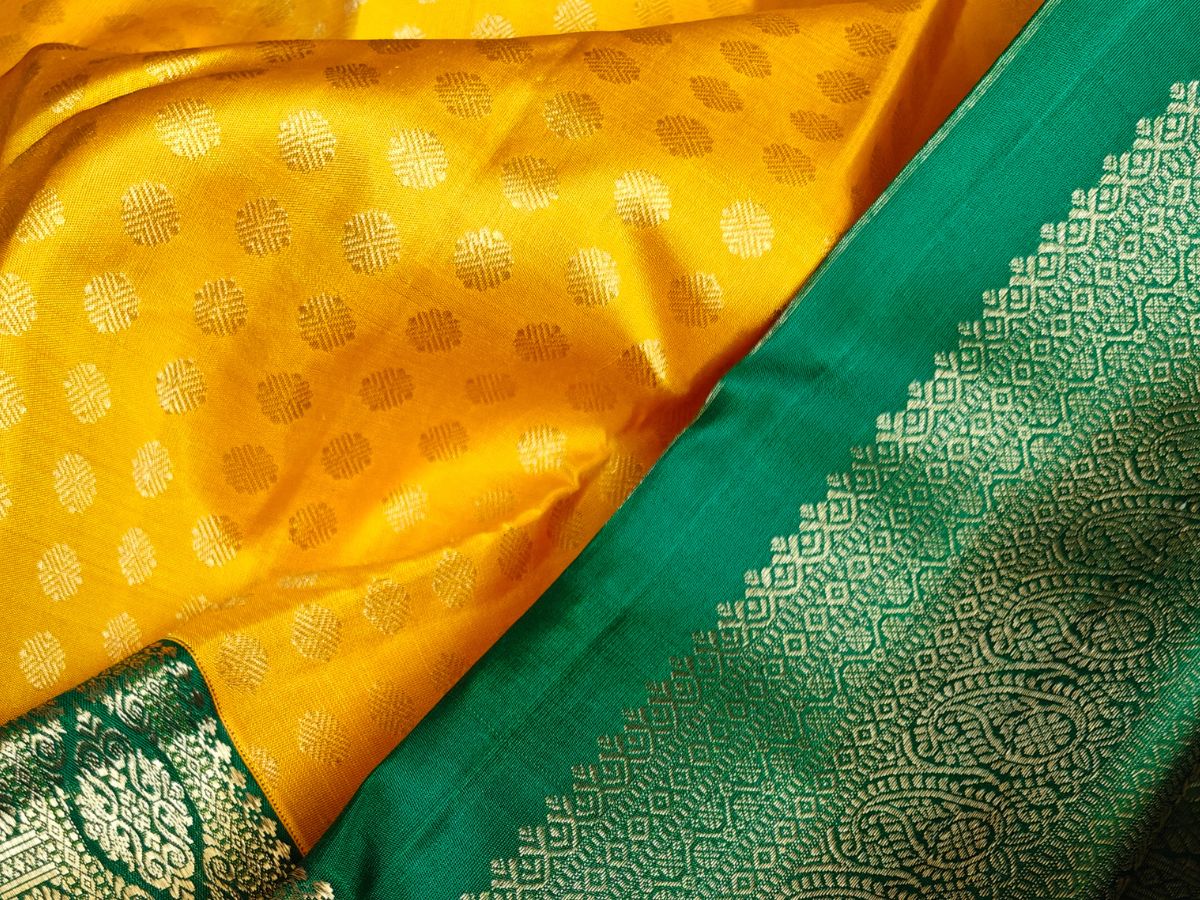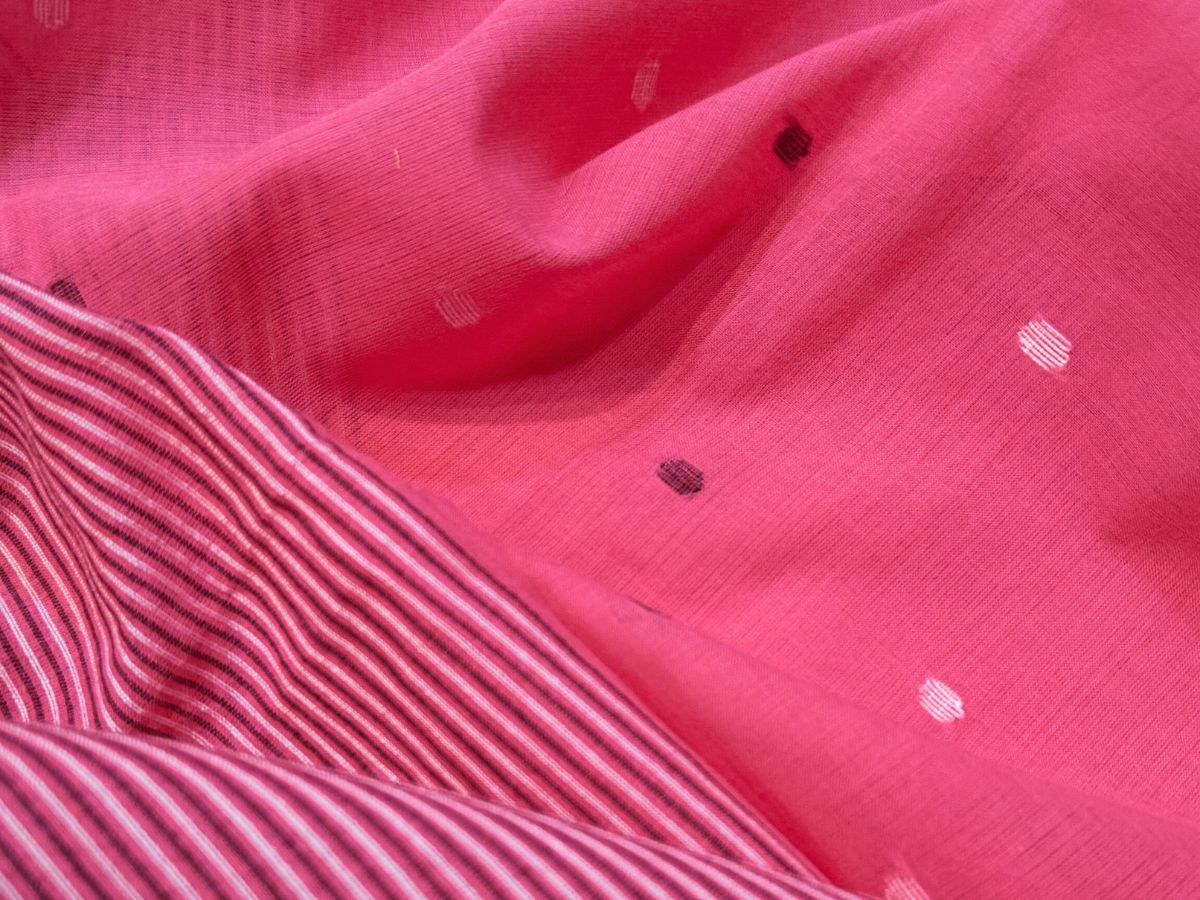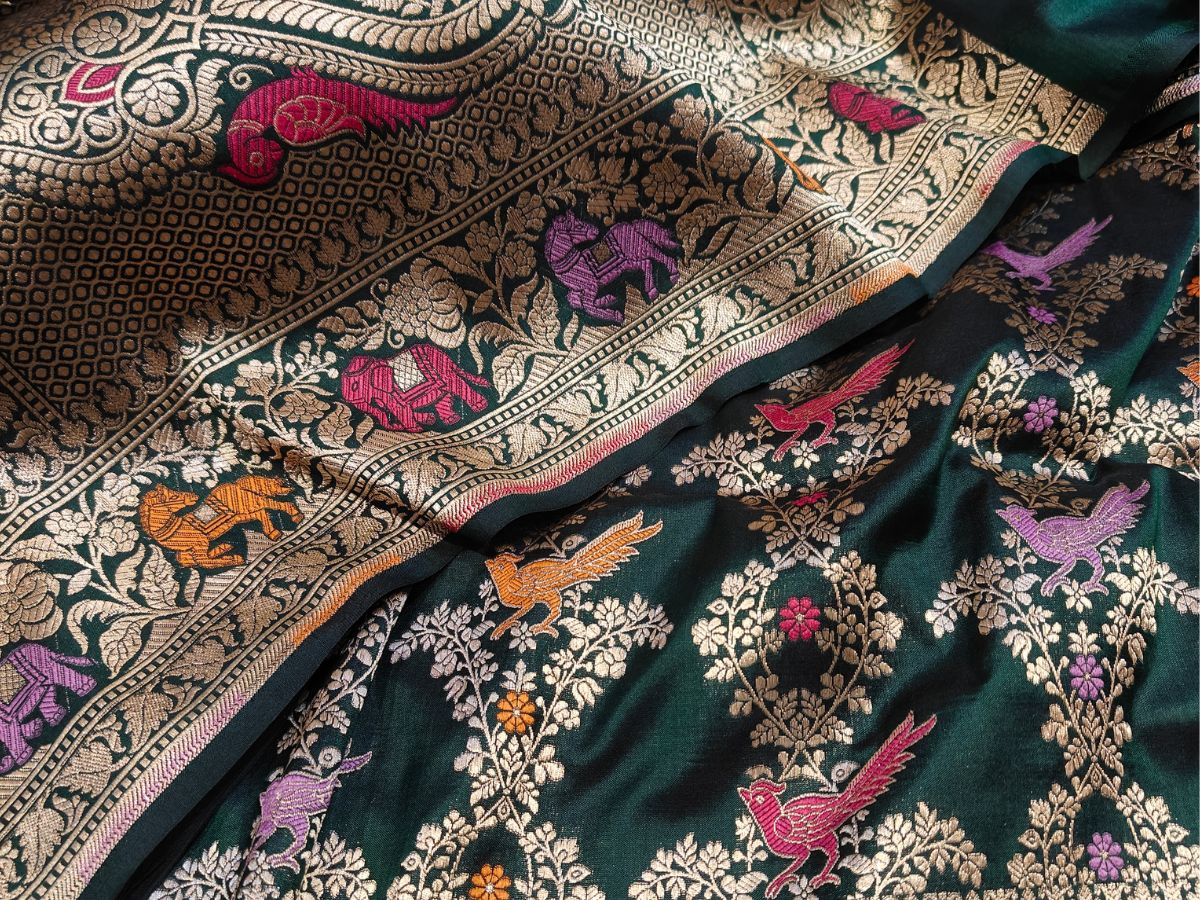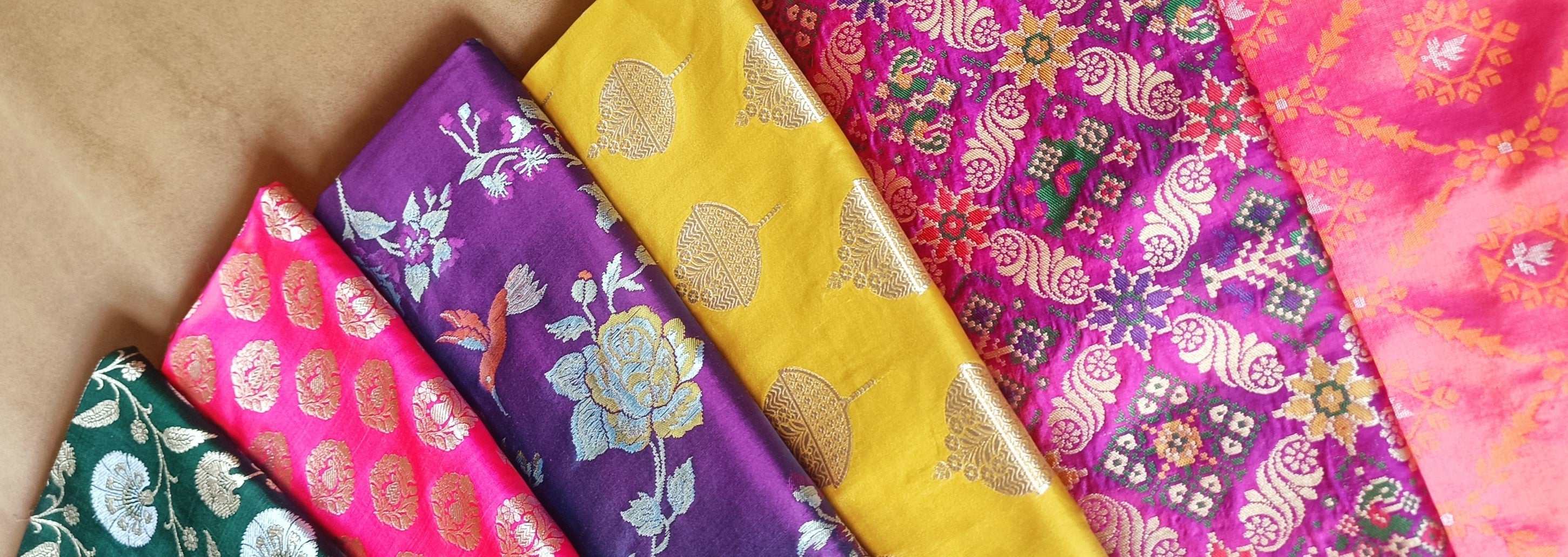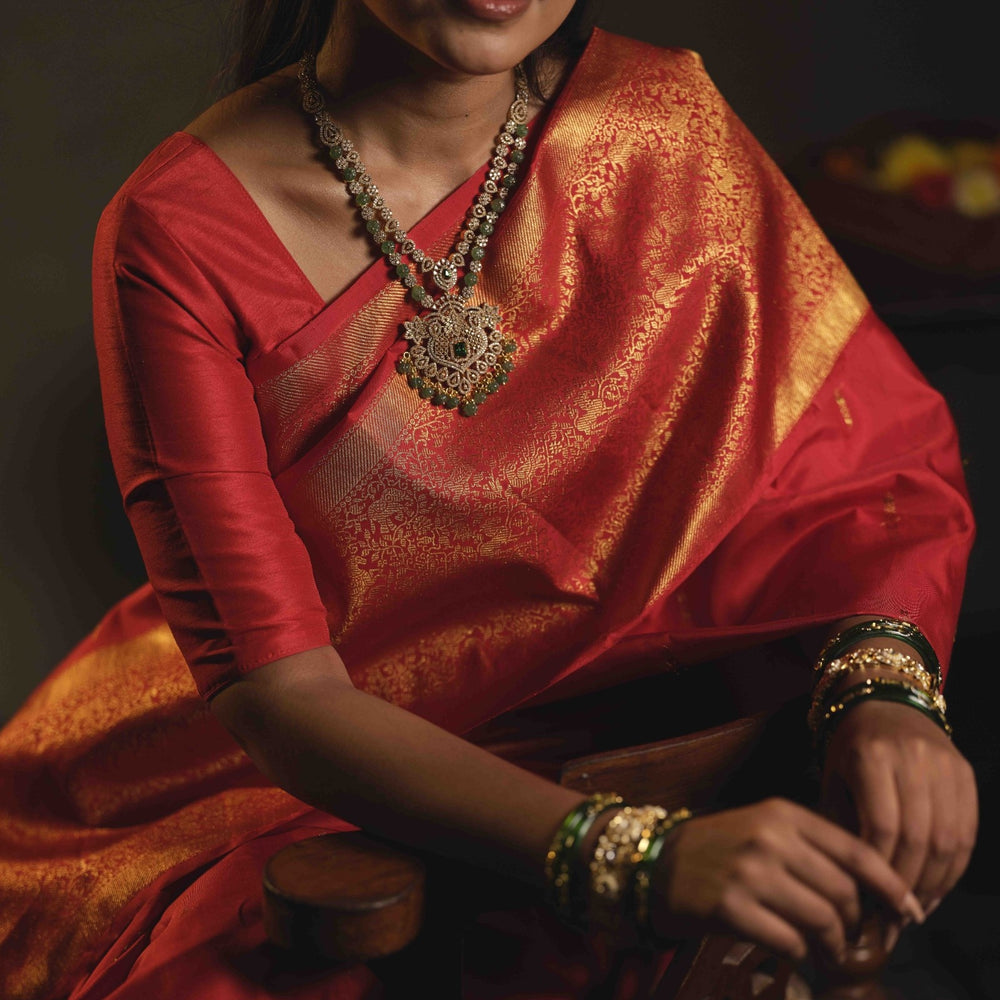Every Thread Counts: Why Your Next Saree Should Be Handwoven
When you drape a saree, it isn’t just about fabric. It’s about heritage, culture, and the stories that live in every fold. And when that saree is handwoven, the story becomes even richer. In today’s fast-paced, machine-made world, choosing artisanal sarees isn’t just a fashion statement—it’s a conscious choice to support tradition, sustainability, and the hands that keep Indian craft alive.
Are Handloom Sarees Eco-Friendly and Sustainable?
The short answer is yes. Unlike powerloom fabrics that rely heavily on electricity and industrial processes, Indian handloom sarees are woven manually on looms operated by skilled artisans. This means the carbon footprint is significantly lower, making them some of the most eco-friendly sarees you can own.
Additionally, handloom weavers often use natural fibers like silk and cotton, as well as vegetable-based dyes, which are gentler on the environment compared to synthetic fabrics and chemical-heavy processes. By choosing a handwoven saree, you are investing in fashion and sustainability—clothing that doesn’t just look good but also does good.
Why You Should Buy Handwoven Sarees
Beyond sustainability, there’s the beauty of craft. Each handloom saree is unique—slight irregularities in the weave are not flaws, but the mark of human effort. They add charm, making your saree a true one-of-a-kind piece.
Buying artisanal sarees also means supporting communities of weavers whose skills have been passed down through generations. When you purchase handwoven, you’re not just buying a saree; you’re preserving a legacy.
And of course, the style quotient is undeniable. From the regal Kanjivarams of Tamil Nadu to the delicate Chanderis of Madhya Pradesh, every region offers a different weaving tradition that can elevate your festive wardrobe.
Handloom or Powerloom: Which Saree Should You Buy?
It’s a fair question. Powerloom sarees are often cheaper, mass-produced, and more readily available. But here’s the thing: they lack the depth, durability, and story of handlooms.
A handloom saree is not just clothing—it’s a piece of art that takes anywhere from 10 days to a few months to complete. The patience, creativity, and skill involved ensure that the saree you buy is timeless, something you can pass down as an heirloom.
And when it comes to bridal sarees, this difference is even more pronounced. For example, a classic Kanjivaram bridal saree—with its intricate zari borders, temple motifs, and often a korvai (contrast) join—can take weeks, sometimes months, to perfect. Compare that to a powerloom bridal saree, which may look similar at first glance but lacks the depth of weaving, the weight of pure silk, and the authenticity of traditional craft. One becomes a treasure for generations; the other fades quickly into the wardrobe.
How to Check If a Saree Is Handloom or Powerloom
With so many options available, how do you ensure you’re buying genuine handwoven sarees? Here are a few quick tips:
-
Look at the weave: Handloom sarees often have minor irregularities in design, which add character. Powerloom sarees are usually too perfect.
-
Check the reverse side: On a handloom saree, motifs and borders are woven in and visible on the back. In powerloom versions, they are often printed or pasted.
-
Feel the texture: Handwoven sarees tend to be softer and more breathable, with a certain warmth that machine-made fabrics lack.
-
Ask for certification: Many handloom cooperatives and retailers now provide Handloom Mark or Silk Mark certification for authenticity.
Supporting Artisan Livelihoods Through Handloom Sarees
Every handloom saree you purchase directly supports a weaver and their family. In many weaving communities, both husband and wife sit together at the loom—sometimes for weeks—bringing intricate borders, motifs, and patterns to life. In the case of korvai Kanjivarams, for example, weaving the body and border separately and joining them seamlessly requires two people working in complete rhythm.
For brides, choosing handloom isn’t just about beauty; it’s about meaning. A bridal saree woven by hand becomes more than a wedding outfit—it transforms into an heirloom that symbolizes patience, artistry, and the blessings of countless hands. Years later, when it is passed down to the next generation, it carries not only memories but also the pride of sustaining a living craft.
Every Thread Counts
Handloom sarees are more than fashion—they are heritage, sustainability, and empowerment woven together. They remind us that every thread carries the unseen labor of an artisan and the weight of centuries-old traditions.
So, the next time you shop, ask yourself: Handloom or Powerloom? If you want something meaningful, sustainable, and truly timeless—especially for moments as big as a wedding—let your answer be handloom. Because when you choose handwoven, every thread truly counts.
Explore Dakshinam Saree's handloom and bridal silk collections at www.dakshinamsarees.in and bring home a piece of art that will last you a lifetime.


